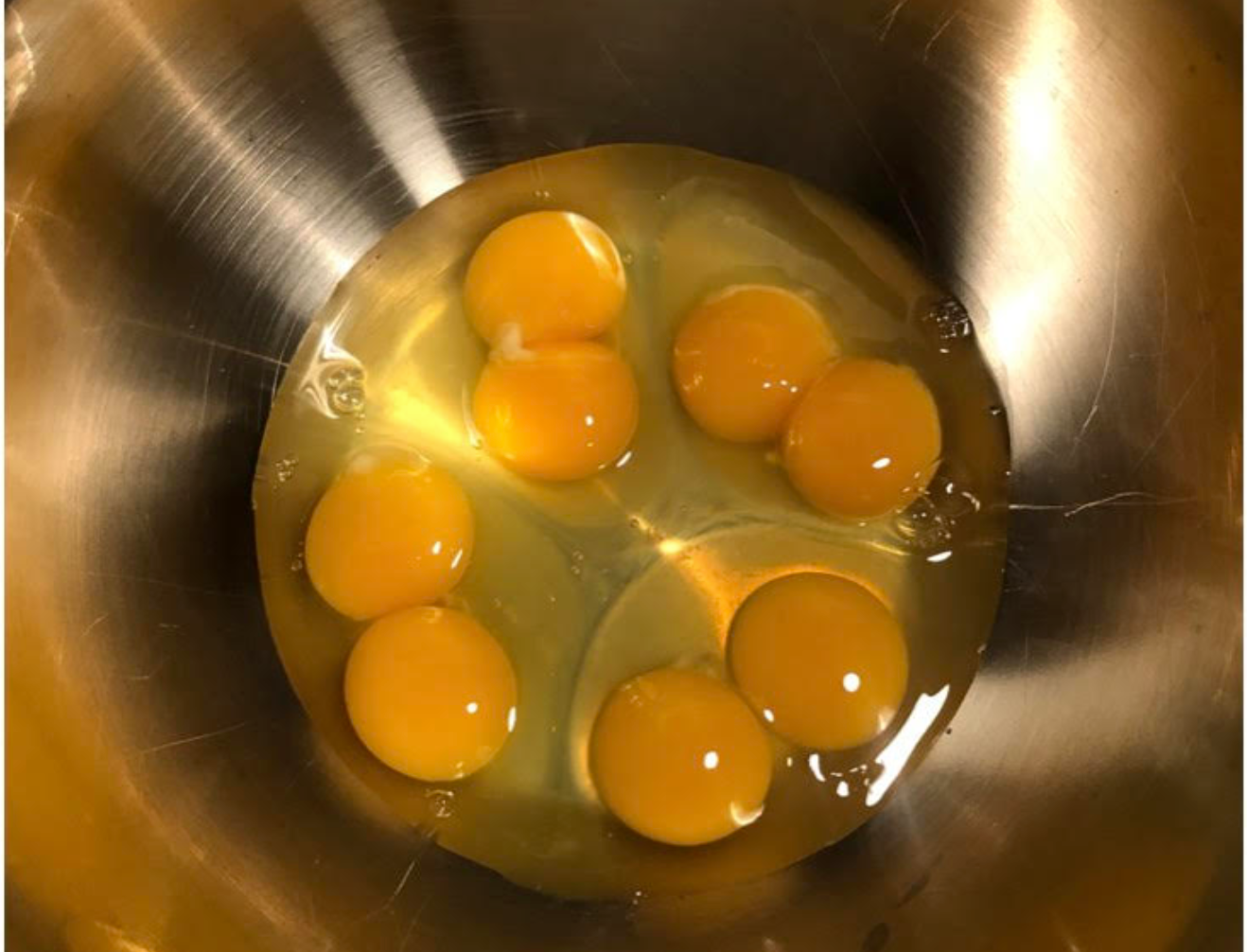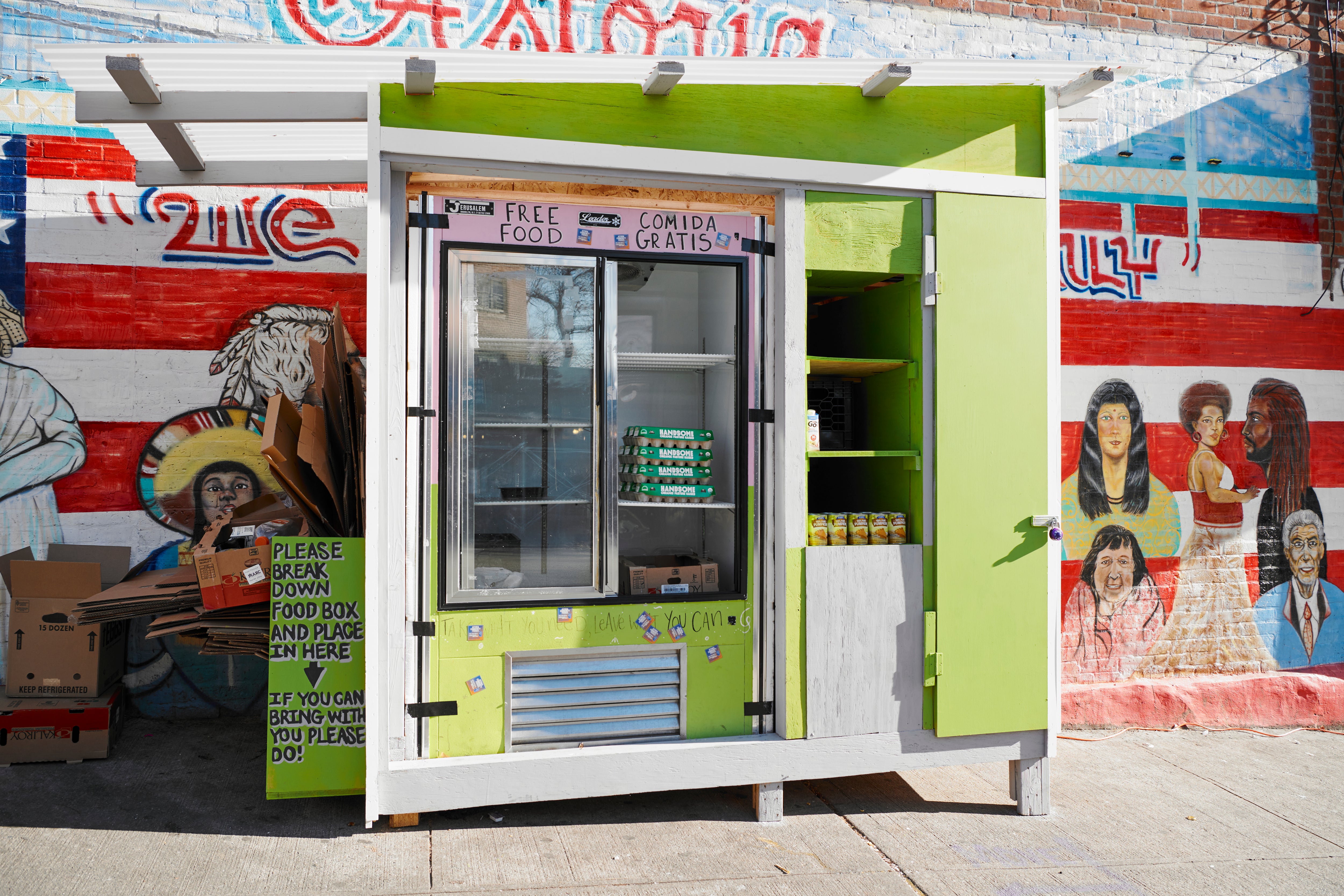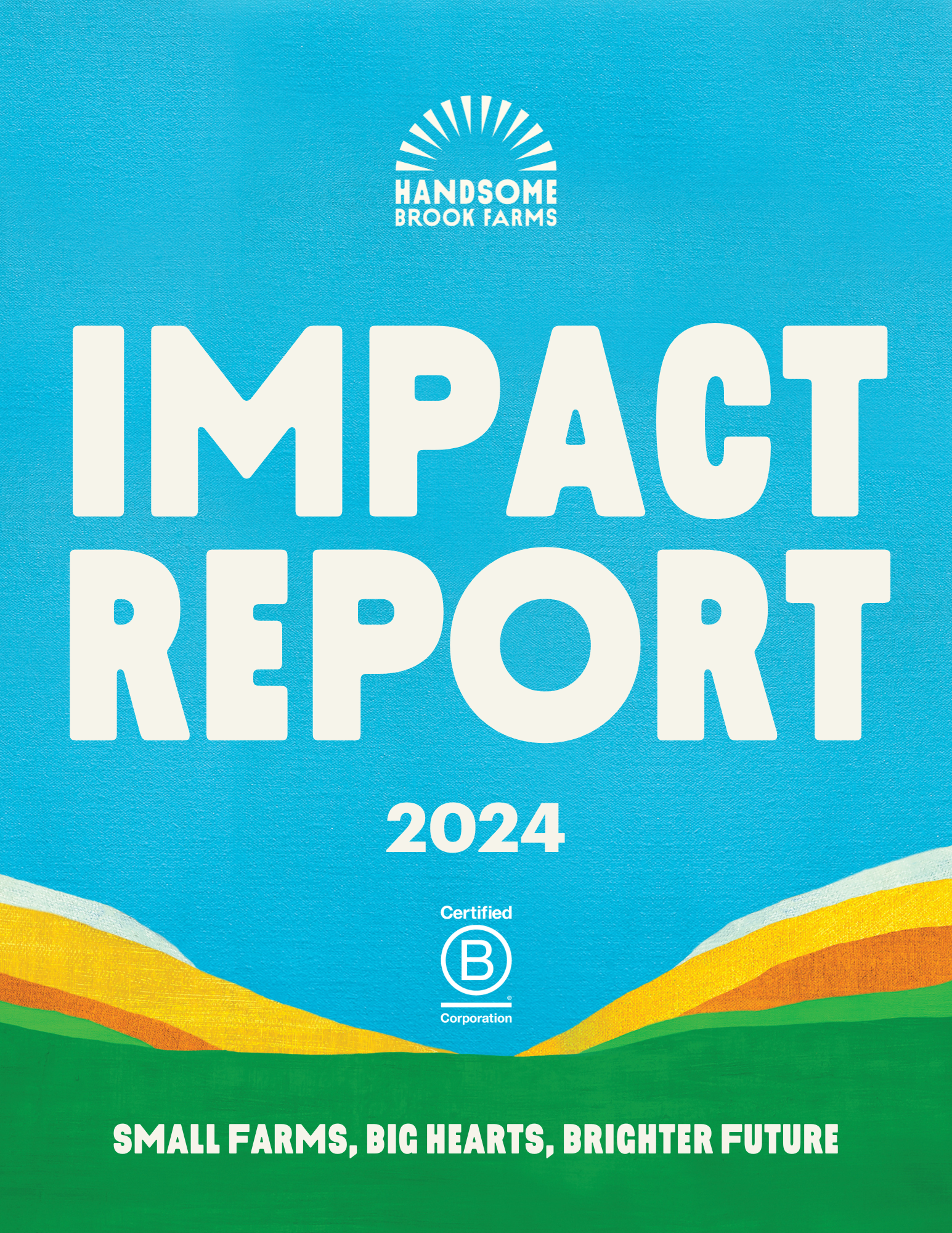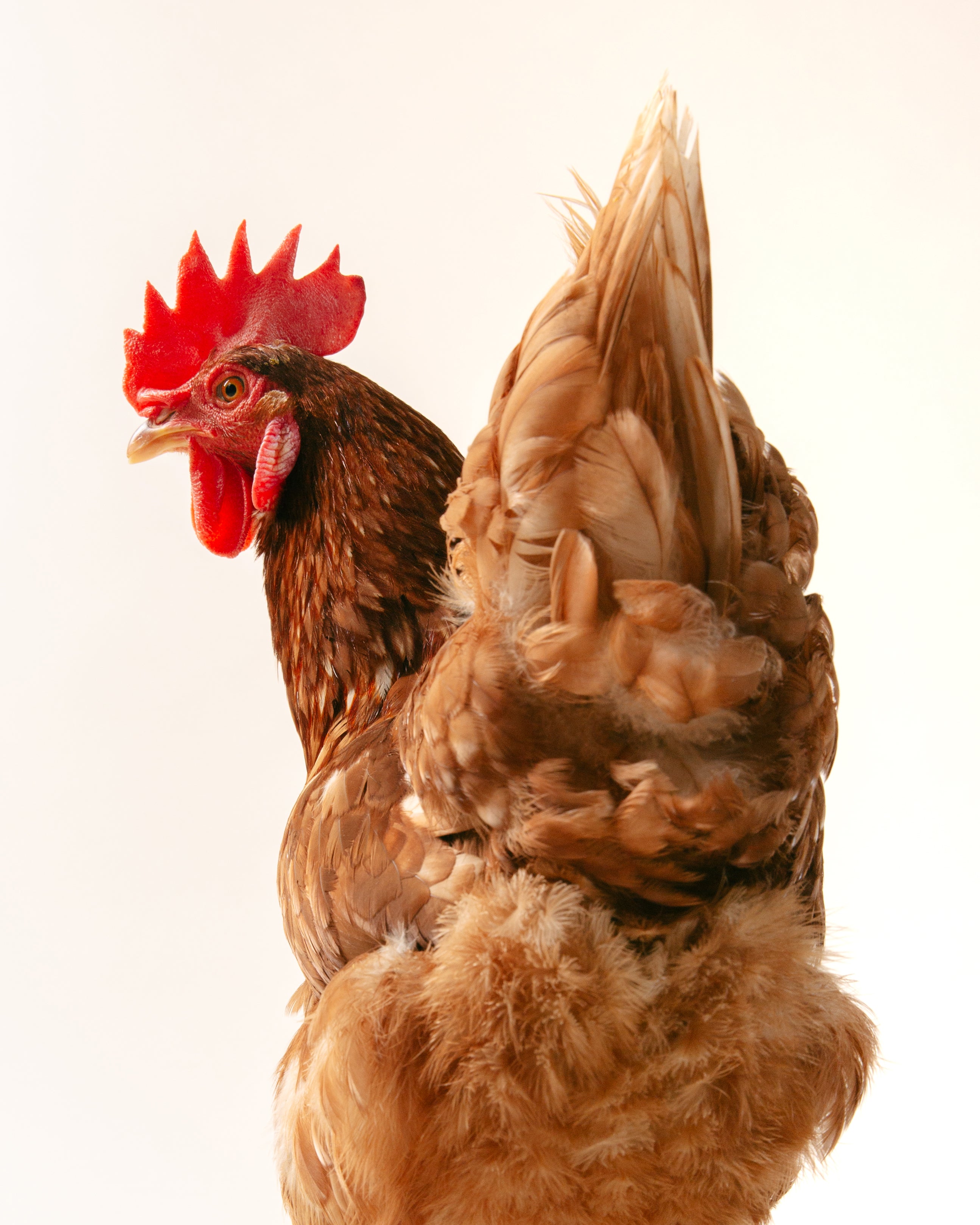Is it safe to eat a double yolk?

Why this rare phenomenon happens, and what it means for you (and your scrambled eggs)
For centuries, this one simple phenomenon has been the source of serious superstition. That’s right — whether the harbinger of good luck, fertility or yes, even death — the presence of a double yolk has carried with it some pretty powerful meaning.
As it turns out, this anomaly is actually as innocuous as it is amusing.
Let’s start from the very beginning: in this case, how a hen makes an egg. (And if you really think about it, that’s how you hatch a good story, right?)
Our hens produce an egg almost every day - pretty remarkable, eh? Every ~24 hours, a yolk is formed and begins its journey down the oviduct. The next stop is the formation of the albumen, or the white, and the final step is the formation of the shell. To note — our hens’ eggs remain unfertilized — meaning that they are nonviable from start to finish, as there are no boys allowed in our barns...
Now, on to double yolks. When we bring in a new flock, all the hens are about the same age. As they begin to produce eggs, at about 20-22 weeks of age, it takes their bodies some time to get good at it and find a rhythm. Sometimes during this process, they will accidentally produce two yolks at the same time, instead of one (twinsies!). It’s not very common (in fact, it happens with roughly 1/1000 eggs!) but is most likely to occur in newly maturing flocks (though also occasionally happens at the end of their production lifetime). Considering the number of hens we have and the sheer quantity of eggs they’re laying, it arises more often than you might think.
These two separate yolks are surrounded by one albumen (white) — and encased in a single shell. To fit the pair of yolks, the shell obviously has to be bigger.
So, if only one in every thousand eggs is a double-yolker, why does one carton sometimes contain multiple? Statistically, this would be pretty wild, right? Well, when we’re sorting out our eggs, we divide them by size - medium, large, extra large and jumbo. Shells with double yolks have to be larger than their regular classic counterparts to accommodate the two yolks, meaning they wind up in cartons alongside their heftier mates. You are most likely to find double yolks in cartons labeled Jumbo or Extra Large and so this significantly ups the probability of finding two (or more!) doubles in a single carton.
We also often get the question of whether or not a double-yolked egg contains more nutritional value than our good ol’ singles. Well, the answer depends on the size of said yolks. Often, the yolks in a double-yolked egg are smaller than your standard size, meaning that — when combined — they amount to about the same nutritional value as an OG egg. So, despite your morning miracle, you may still need to double-up on any recipe that calls for two eggs!
As you can see, a double-yolk is mildly less remarkable than it might seem, and of course, entirely safe. But when it comes to superstition, feel free to assign it any meaning you might like — we won’t judge. We could all use a little added luck these days ;)


